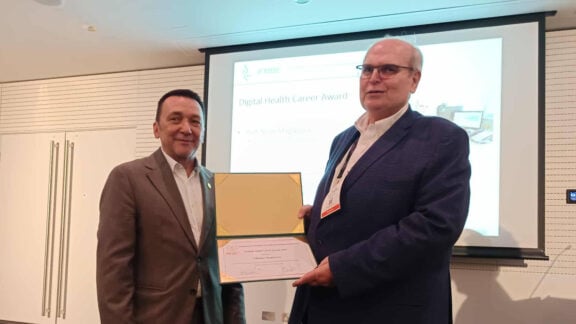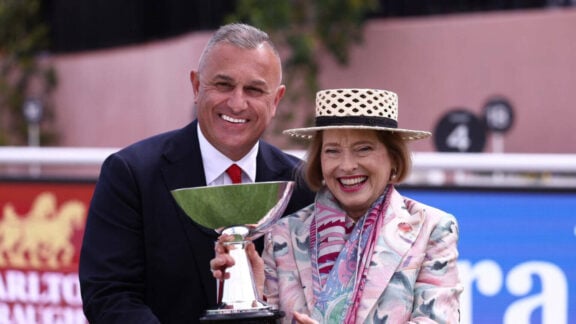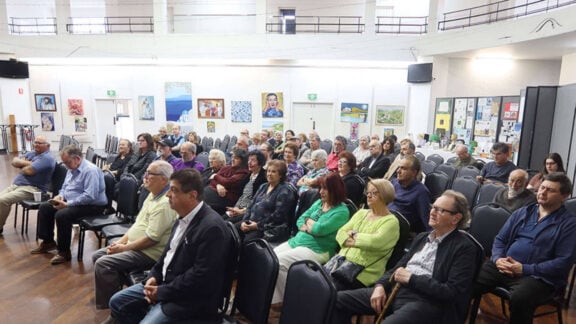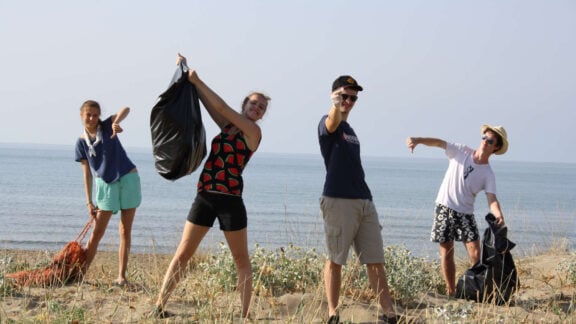NSW public school students from non-English speaking backgrounds perform as well or better in school-based assessments than students from English speaking backgrounds, NSW Minister for Education Adrian Piccoli said this week.
Mr Piccoli said nearly one quarter of a million of public school students in NSW come from homes where languages other than English are spoken.
“Relative to public school students from English-speaking backgrounds, students from language backgrounds other than English have higher average numeracy scores across all four NAPLAN assessments – in Years 3, 5, 7 and 9,” he added.
“Some of the strongest performing schools in the state also have high percentages of students from non-English speaking backgrounds. This is true of the state’s top high schools – including James Ruse and both North Sydney Boys and Girls schools.”
Other public high schools with high numbers of students from non-English speaking backgrounds which are also achieving outstanding results include: Strathfield Girls, Homebush Boys, Macarthur Girls, and Canley Vale High.
“Teaching is the single most important in-school influence on student performance. We want to attract the best people into teaching degrees and better support them once they enter the classroom. We have invested $155 million, much of which will support beginning teachers in NSW government schools,” said Mr Piccoli.
“Two years ago, the government launched Local Schools, Local Decisions to give principals and their communities much greater local decision-making authority,” stated the minister, who went on to say that since then, schools across the state have invested in lifting the quality of teaching through direct professional development, reshaped their teaching workforce to suit local needs, provided additional literacy and numeracy support for students, and employed additional staff to focus on community and student engagement.
He also stressed that all NSW public schools are now managing their own planned maintenance programs, make most purchases of up to $5000 without head office approval, and are choosing how to fill around 60 per cent of all vacancies.
“NSW public schools are also now funded using a new Resource Allocation Model. This needs-based funding model has distributed $300 million across all public schools this year with targeted loadings for all indigenous students and to address socio-economic disadvantage,” Mr Piccoli concluded.
For more information about the performance of students from non-English speaking backgrounds, please visit www.cese.nsw.gov.au/publications/cese-bulletins.









